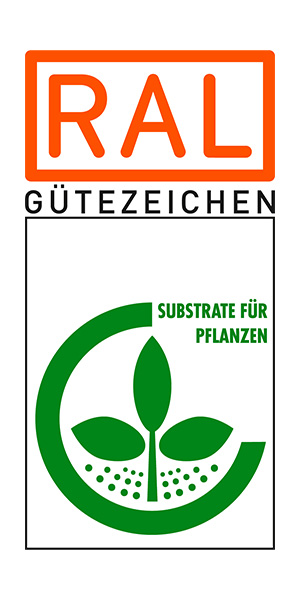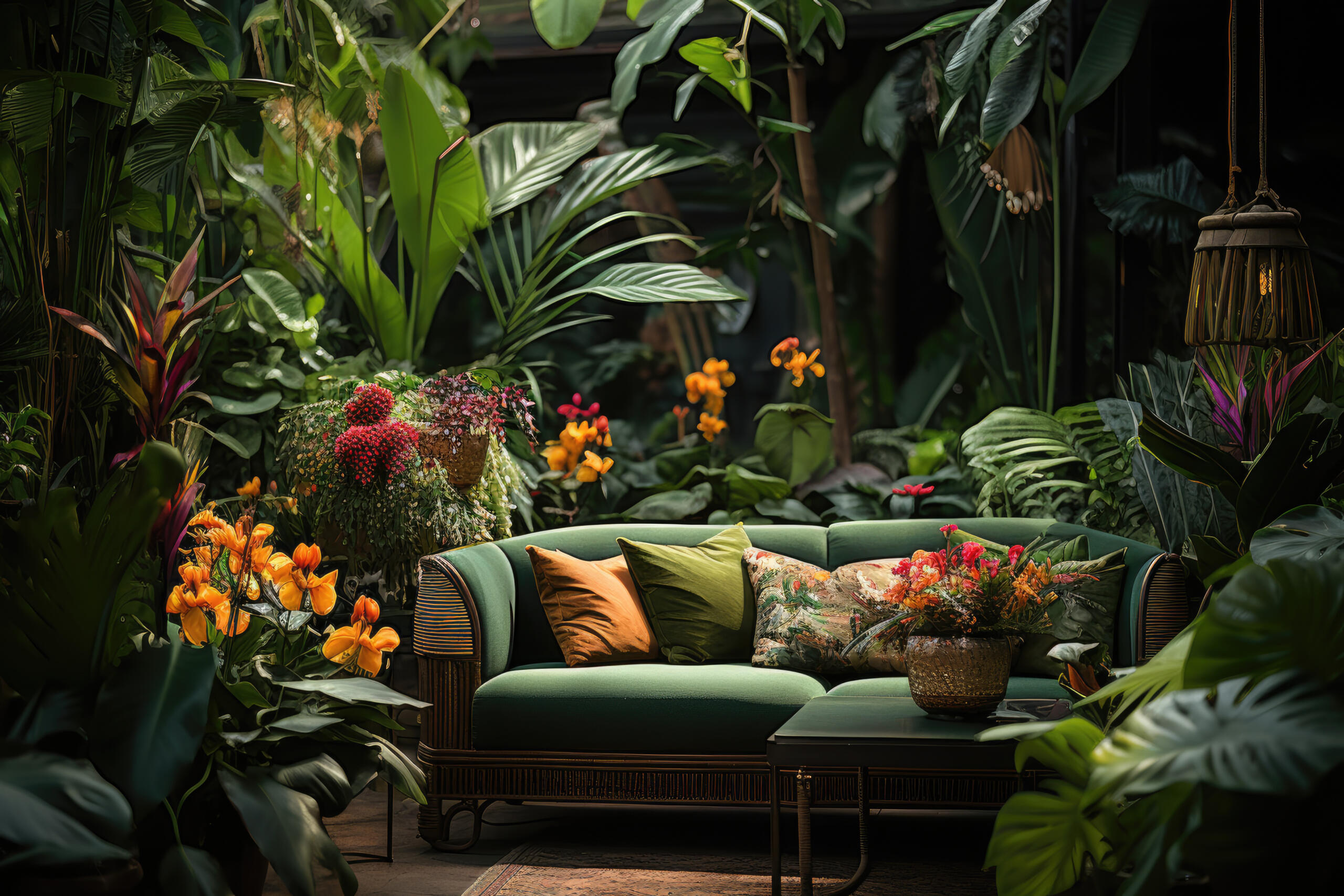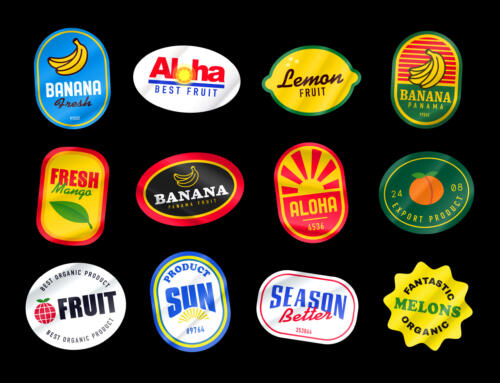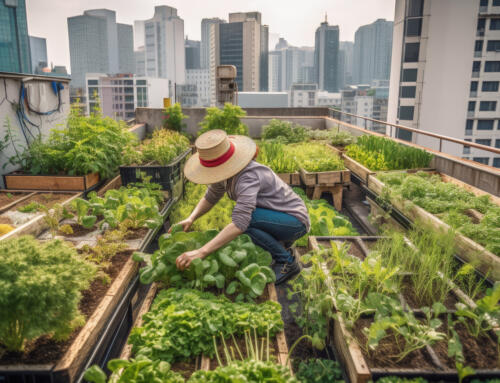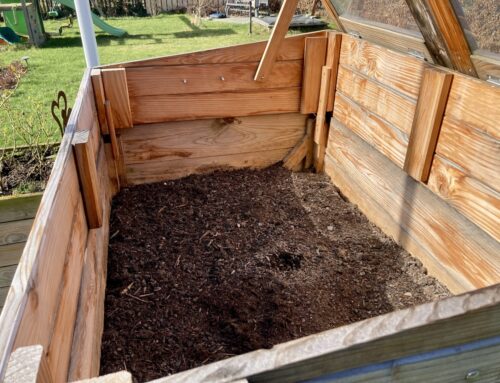Potting soils – flowering or foliage plant: does it really make a difference?
From windowsill decoration to prestige item – indoor plants have experienced an incredible boom for quite some time now. That’s not only because they filter the air and improve its quality in a room, but especially because they are powerful design elements that can make all the difference to a room’s character.
Placed in decorative containers in group plantings, lush foliage and flowering plants will add a holiday feeling to your home, or create an inspiring and relaxed atmosphere in offices and conference halls. The plants will only achieve this of course, if they are in good condition. The effect of rich green shiny leaves is as positive as that of pale-leaved miserable specimens is saddening.
The key factor to raising healthy indoor plants bursting with vigour is to provide adequate light and a high-quality substrate. Good potting soils must meet a large range of requirements.
• They must be free of plant-damaging substances.
• They must have a stable structure to provide lasting support to the plants while at the same time they must be friable enough to allow oxygen to reach the plant roots.
• The pH value should be in a range that is favourable to the plants.
• The substrate must store water and nutrients in adequate amounts and reliably make them available to the plants as needed.
Important details
Gütegemeinschaft Substrate für Pflanzen e.V. (GGS) recommends that consumers buy products that carry the RAL quality mark. RAL-certified substrates rely on high-quality constituents and meet strict quality standards that make them ideal for use for plants. RAL requirements include regular inspections by independent labs to guarantee a consistent level of high quality.
All RAL-certified potting soils already come with a starter fertilizer. For this reason, the plants do not require any additional fertilizer applications in the first few weeks after potting. The nutrient ratios of the substrates may differ depending on the intended use. For example, foliage plants are supposed to produce plenty of leaf mass, strong shoots and a deep green leaf colour. This is why potting soils for foliage plants contain an extra amount of nitrogen and potassium and often also an extra serving of magnesium, which, like nitrogen, is a key element in chlorophyll. In contrast, a relatively large amount of phosphorus is added to soils for flowering plants to encourage the formation of flowers. Plants well supplied with nutrients grow to their best!
Potting soil: how to top up the nutrient reservoir
First the soil mix, then the right fertilizer. Due to the slow-release fertilizer contained in the soil mix, the plants will not need any fertilizer application for the first several weeks after potting. After that, you should regularly replenish the nutrients with an adequate fertilizer, in other words, use foliage plant fertilizer for palms and other foliage plants, and flowering plant fertilizer for spathe flowers (Spatiphyllum), tail flowers (Anthurium), calla lilies (Zantedeschia) and other flowering beauties.
Use slow-release fertilizer as sticks or cones as indicated on the packaging. A good rule of thumb for liquid fertilizer applications is to add the amount stated to the water you use to water your plants once a week from March to the end of September and every other week from October to the end of February.
